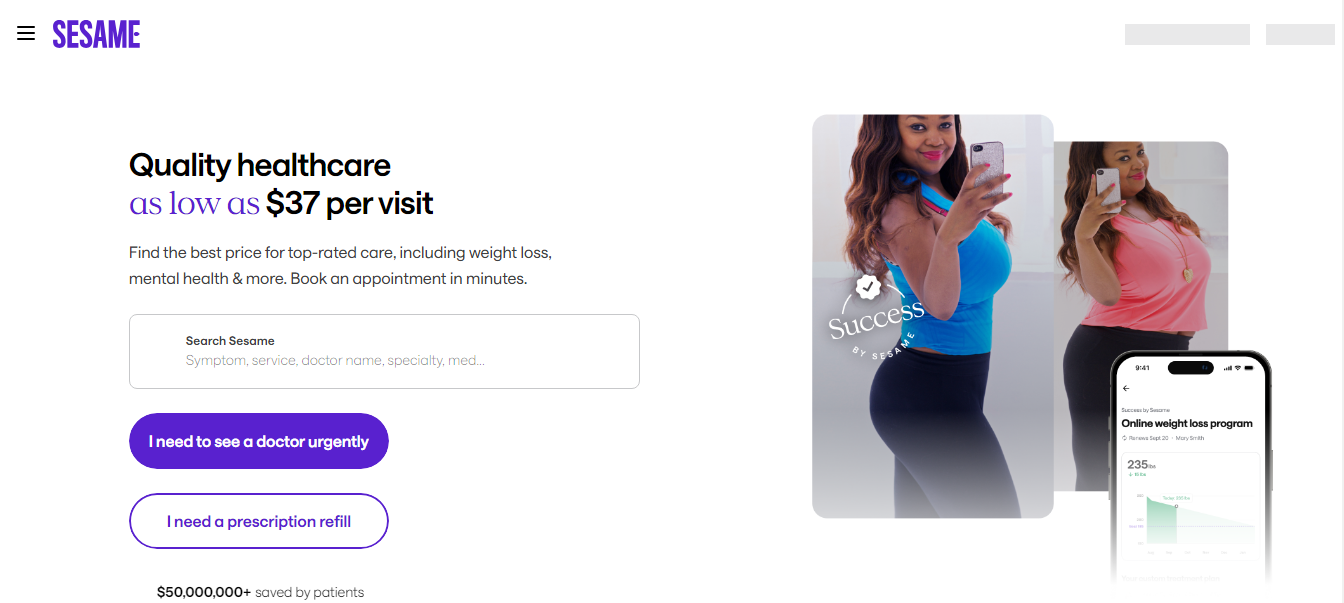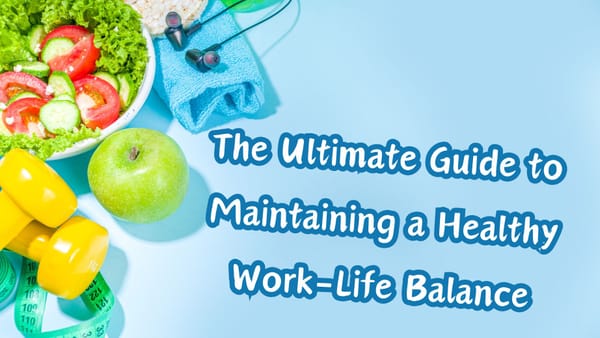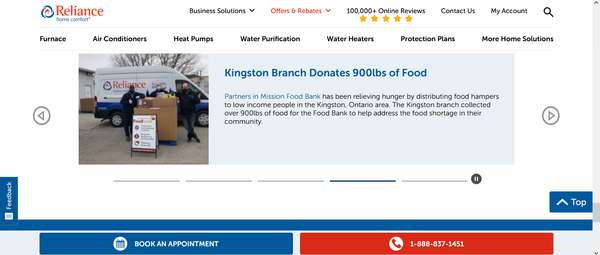8 Key Factors to Consider When Choosing Life Insurance
Choosing the right life insurance involves assessing coverage needs, understanding policy types, and evaluating benefits. This guide provides practical advice to help you make an informed decision for financial security.

Life insurance is an essential financial tool that provides peace of mind by ensuring financial protection for your loved ones in the event of your passing. But with the vast number of policies and coverage options available, choosing the right life insurance can feel overwhelming. This guide will walk you through eight key factors to consider when selecting life insurance to help you make an informed decision that aligns with your financial goals and family needs.
1. Understand the Different Types of Life Insurance
There are several types of life insurance policies, each designed to meet different financial needs and timeframes. Choosing the right type depends on factors like your age, budget, dependents, and long-term goals.
- Term Life Insurance: Provides coverage for a specific period, such as 10, 20, or 30 years. It’s typically the most affordable option and ideal for covering temporary needs, like mortgage payments or children’s education.
- Whole Life Insurance: Offers lifetime coverage and includes a cash value component that grows over time. It’s generally more expensive than term life but provides lifelong protection and can serve as a wealth-building tool.
- Universal Life Insurance: Another form of permanent life insurance that offers flexible premiums, adjustable death benefits, and a cash value component. This policy is suited for those who may want to adjust their policy over time.
- Variable Life Insurance: Allows policyholders to invest their cash value in various sub-accounts, similar to mutual funds. This option offers growth potential but also carries investment risk.
Tip: If you’re unsure about the best policy type for your needs, consider consulting a financial advisor who can help assess your current and future goals.

2. Evaluate Your Financial Goals and Coverage Needs
Your life insurance policy should align with your financial goals. Take some time to consider what you want the policy to achieve, such as:
- Income Replacement: If you have dependents, your life insurance policy can replace your income, ensuring your family’s financial stability after your passing.
- Debt Repayment: Coverage can help pay off debts, like mortgages or loans, preventing your family from inheriting financial obligations.
- Education Costs: If you have children, life insurance can ensure that funds are available for their education.
- Wealth Transfer: Whole life or universal life insurance can serve as a tax-efficient way to transfer wealth to beneficiaries.
Calculating Coverage Needs: To estimate the coverage you need, consider factors like outstanding debts, living expenses, future income replacement, and specific goals. The DIME formula (Debt, Income, Mortgage, Education) can provide a quick framework for determining an appropriate coverage amount.
3. Assess Premium Costs and Affordability
Life insurance premiums can vary significantly based on factors like age, health, coverage amount, and policy type. It’s essential to choose a policy that fits comfortably within your budget to ensure you can maintain it over the long term.
- Term Life Insurance: Typically has lower premiums, making it a cost-effective option if you need coverage for a limited period.
- Permanent Policies: Whole life and universal life insurance generally have higher premiums due to their cash value component and lifetime coverage.
- Flexible Payment Options: Some policies allow monthly, quarterly, or annual premium payments and certain permanent policies offer single-premium options (one-time payment for lifelong coverage).
Advanced Tip: If your budget allows, paying premiums annually can save you on costs, as many insurers offer discounts for annual payments.

4. Consider Health and Lifestyle Factors
Life insurance providers assess your health and lifestyle to determine your eligibility and premiums. Factors like age, pre-existing medical conditions, and lifestyle habits impact policy costs and availability. Here's what to keep in mind:
- Medical Exams: Many policies require a medical exam to evaluate health risks. Some insurers offer no-exam policies, but these often come with higher premiums or lower coverage amounts.
- Health History: Conditions like high blood pressure, diabetes, or a history of smoking may increase premium costs.
- Lifestyle Choices: If you have a high-risk job or engage in activities like skydiving, you may pay a higher premium.
Tip: If your health is a concern, look into policies that offer guaranteed or simplified issue life insurance, which may provide coverage without an exam, albeit at higher rates.
5. Check for Policy Riders and Additional Benefits
Policy riders are optional add-ons that enhance your life insurance policy by tailoring it to your specific needs. Some popular riders include:
- Waiver of Premium Rider: Waives premium payments if you become disabled and unable to work.
- Accidental Death Benefit: Provides an additional payout if death results from an accident.
- Critical Illness Rider: Offers a partial payout if you’re diagnosed with a severe illness.
- Child Term Rider: Provides term coverage for your children, which can be converted to permanent coverage later.
Riders offer flexibility and can be particularly beneficial if you have unique needs, like covering unexpected healthcare costs or providing extra support for dependents.
6. Evaluate the Financial Strength of the Insurance Company
A life insurance policy is a long-term commitment, so it’s crucial to choose an insurer with a solid financial standing. A financially strong company is more likely to fulfill its obligations and pay claims. Here are a few ways to evaluate insurer reliability:
- Financial Ratings: Check ratings from agencies like AM Best, Moody’s, or Standard & Poor’s to confirm the insurer’s stability.
- Claims History: Look up the insurer’s history of claim payouts to understand their reputation in settling claims promptly and fairly.
- Customer Reviews: Consumer reviews can provide insights into customer service quality, policy management, and the claims process.
Selecting a financially stable insurer ensures your beneficiaries receive the intended benefit when they need it most.

7. Review Policy Terms and Conditions
Before finalizing your life insurance purchase, thoroughly review the policy's terms and conditions to understand what’s covered, excluded, and the claims process. Key areas to focus on include:
- Exclusions: Most policies have exclusions, such as death due to high-risk activities or suicide within a certain period after policy initiation.
- Grace Periods: Insurers typically offer a grace period (usually 30 days) for premium payments, allowing time to pay without risking policy lapse.
- Conversion Options: Some term policies offer the option to convert to permanent coverage before the term ends, which can be beneficial if your needs change.
Tip: If you’re unsure about any aspect of the policy terms, ask your insurance agent for clarification to ensure you’re comfortable with the agreement.
8. Plan for Future Flexibility and Changes
Life circumstances change, and your life insurance needs may evolve over time. A flexible policy that can adapt to your needs will help you stay protected without starting a new policy. Here are some ways to future-proof your coverage:
- Convertible Term Policies: Some term life policies can be converted to permanent coverage, providing flexibility without the need for a new medical exam.
- Flexible Premiums: Policies like universal life insurance allow for adjustments in premium payments, which can be helpful if your income fluctuates.
- Additional Coverage Options: Some insurers offer options to increase coverage without a medical exam after significant life events (e.g., marriage, childbirth).
Choosing a flexible policy can save you time, money, and hassle if you need to make changes in the future.
Conclusion
Choosing the right life insurance policy requires careful consideration and planning. By understanding your financial goals, coverage needs, and personal factors, you can make an informed choice that protects your family’s financial future. Remember to review policy details, consider adding riders, and assess the financial strength of your chosen insurer. Life insurance is more than just a policy—it’s a legacy of financial security for those you care about.
Frequently Asked Questions (FAQs)
1. What age should I buy life insurance?
Buying life insurance early, typically in your 20s or 30s, can result in lower premiums. The best age varies based on personal circumstances, but early planning generally offers more favorable rates.
2. How do I determine the right coverage amount?
Calculate coverage by considering factors like debts, income replacement, mortgage payments, and future expenses. The DIME formula (Debt, Income, Mortgage, Education) is a popular method for estimating coverage.
3. What is the difference between term and whole life insurance?
Term life insurance provides coverage for a specified period and is generally more affordable. Whole life insurance offers lifetime coverage with a cash value component, making it more expensive but ideal for wealth transfer.
4. Can I change my life insurance policy after purchasing it?
Some policies offer flexibility, allowing you to adjust coverage or premiums. Term policies may offer conversion to permanent policies, and universal life insurance provides premium flexibility.
5. Are life insurance payouts taxable?
Generally, life insurance death benefits are tax-free for beneficiaries. However, certain cash value withdrawals or loans from permanent policies may have tax implications.
👍 If our update excites you, please like, comment, and share with your contacts and friends!
📩 Want more insights like this? Follow us and Subscribe to our newsletter for the latest updates, industry trends, strategies, and hot deals and opportunities.




